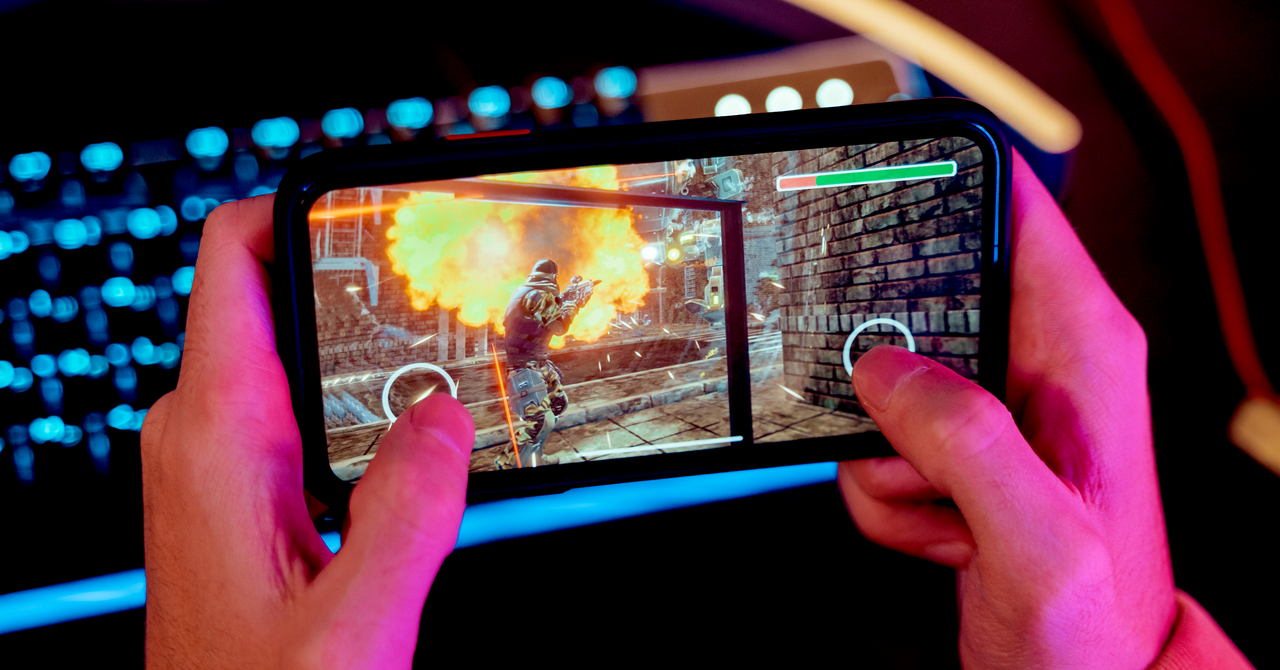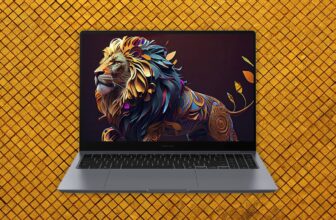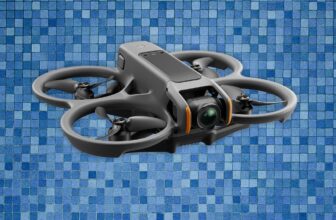
What About TVs and Screens?
The advantages of a excessive refresh fee for a TV or monitor are a lot the identical as for a smartphone. The onscreen motion ought to seem smoother, and the picture can seem sharper. Right here too, the body fee of the content material is necessary. There are occasions when the body fee won’t match the refresh fee, and that may make TV reveals and flicks look worse.
The ‘Cleaning soap Opera Impact’ Defined
Some TVs and displays are higher than others at coping with variations between the body fee and the refresh fee. Many merely cut back their refresh fee to match the body fee, however shows with a hard and fast refresh fee have to seek out different methods to take care of this discrepancy.
When a film is working at 24 frames per second, for instance, however the refresh fee is increased, the TV could insert further frames to fill the gaps. This may be comparatively simple when the refresh fee is divisible by the body fee, because the TV can present multiples of the identical body. A 120-Hz refresh fee exhibiting 24-fps content material, for instance, can show every body 5 instances. However with a 60-Hz refresh fee and 24-fps footage, you find yourself exhibiting an uneven variety of frames, which may trigger a juddering, shaky impact for some viewers.
Some TVs use motion smoothing (or body interpolation). They generate and insert new frames by processing and mixing the encompassing frames. Some producers are higher than others at doing this, however it could actually additionally result in one thing known as the “cleaning soap opera impact,” which many people feel looks unnaturally smooth.
A minimum of with motion pictures, the body fee is fastened. With video games, the body fee can fluctuate wildly. For those who go from an enclosed tunnel to a large vista, for instance, or there’s an explosion, the body fee can simply drop from 60 fps to twenty fps as your {hardware} struggles to take care of the upper processing burden. There are problems when the body fee doesn’t match the refresh fee, and the image could undergo stuttering and tearing results because of this.
Many Screens Use Variable Refresh Charge
Home windows through Simon Hill
This answer to the distinction between body fee and refresh fee has been round in PC gaming for a few years. The most well-liked codecs are tied to the massive graphics card producers, so you’ve gotten AMD’s FreeSync and Nvidia’s G-Sync, however there’s additionally the generic Variable Refresh Charge (VRR). That is necessary for console players taking part in on TVs. VRR is supported by the HDMI 2.1 commonplace, which is likely one of the causes you will notice individuals discussing whether or not a TV has an HDMI 2.1 port or not. (It additionally brings assist for 4K at 120 Hz and Auto Low Latency Mode.)
Among the newest smartphone and pill shows assist some form of VRR. Apple’s ProMotion introduced a 120-Hz refresh fee to the 2017 iPad Pro, for instance, however it adjusts robotically to match the content material. Altering the refresh fee like this reduces the chance of stutter or different unwelcome results, and it could actually additionally cut back energy consumption. The refresh fee may bounce to 120 Hz if you use the Apple Pencil or play a recreation, however then drop a lot decrease when the display screen is static on a menu or webpage.
Ought to I Even Fear About Refresh Charges?
Some individuals decide up on increased refresh charges greater than others. You’ll have to take a look at shows with completely different refresh charges facet by facet to see the distinction. Avid gamers who play fast-paced video games will really feel essentially the most profit, however anybody can benefit from the improve. A better refresh fee reduces movement blur and makes motion really feel smoother, could make the image seem sharper, and might make smartphones really feel extra responsive and speedy. Then once more, they might already really feel fairly clean, and if you happen to do not discover, do not sweat it.







